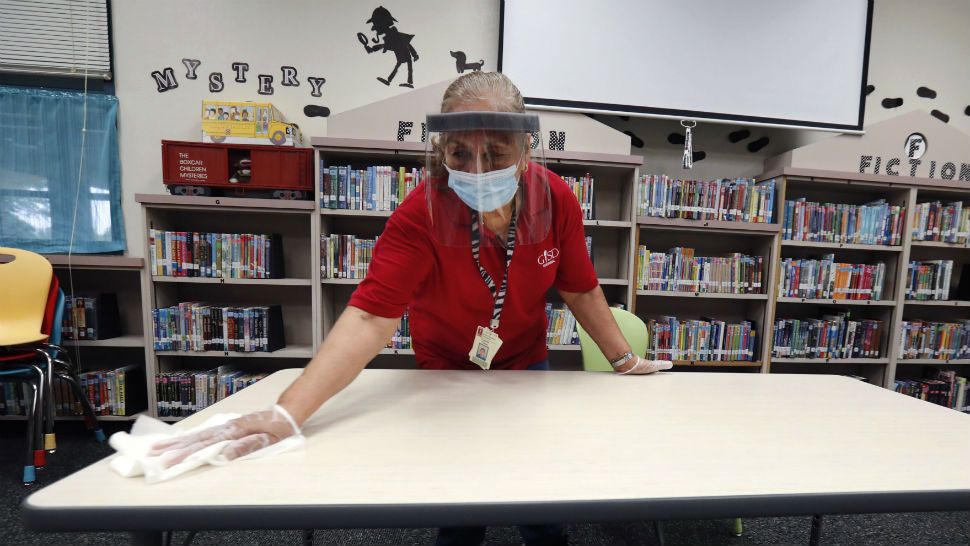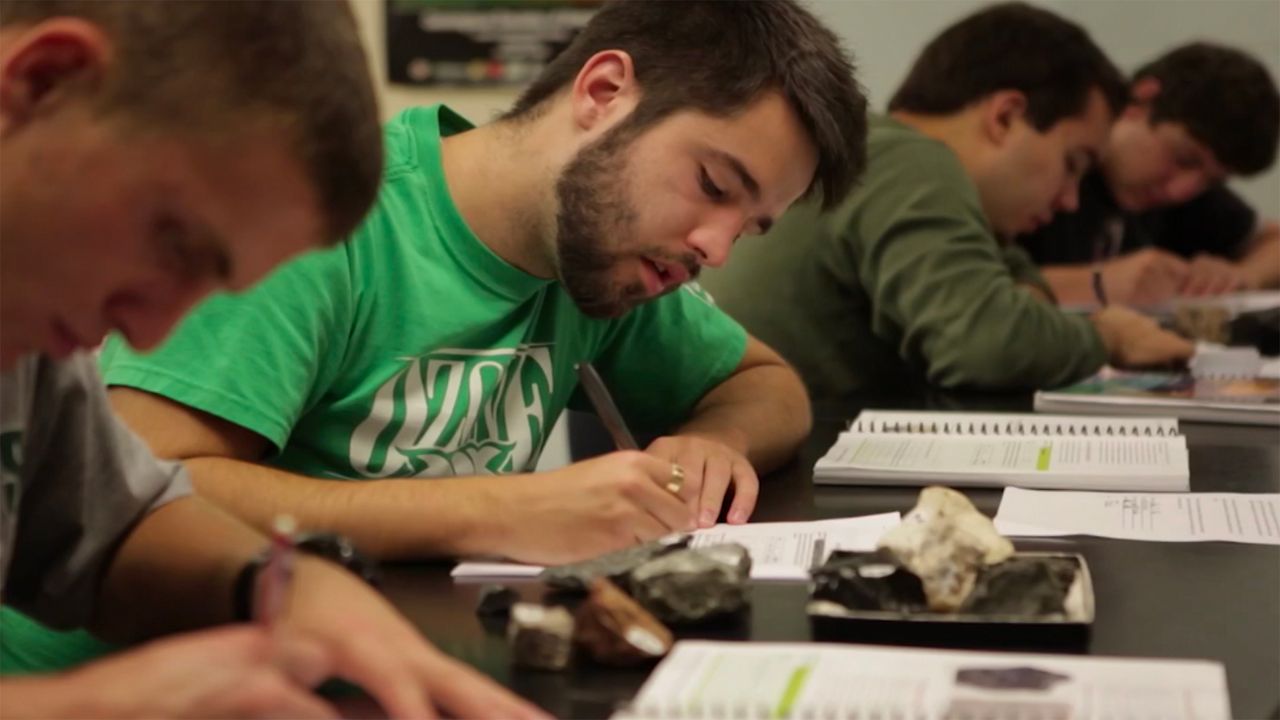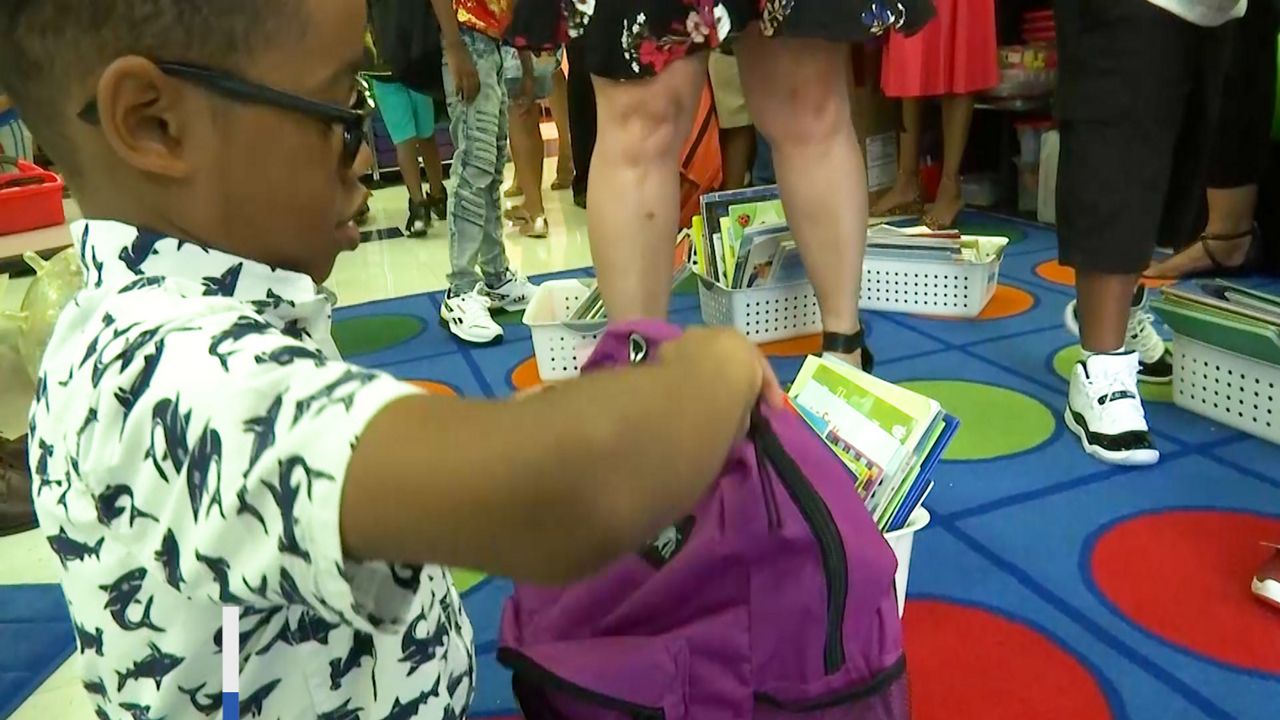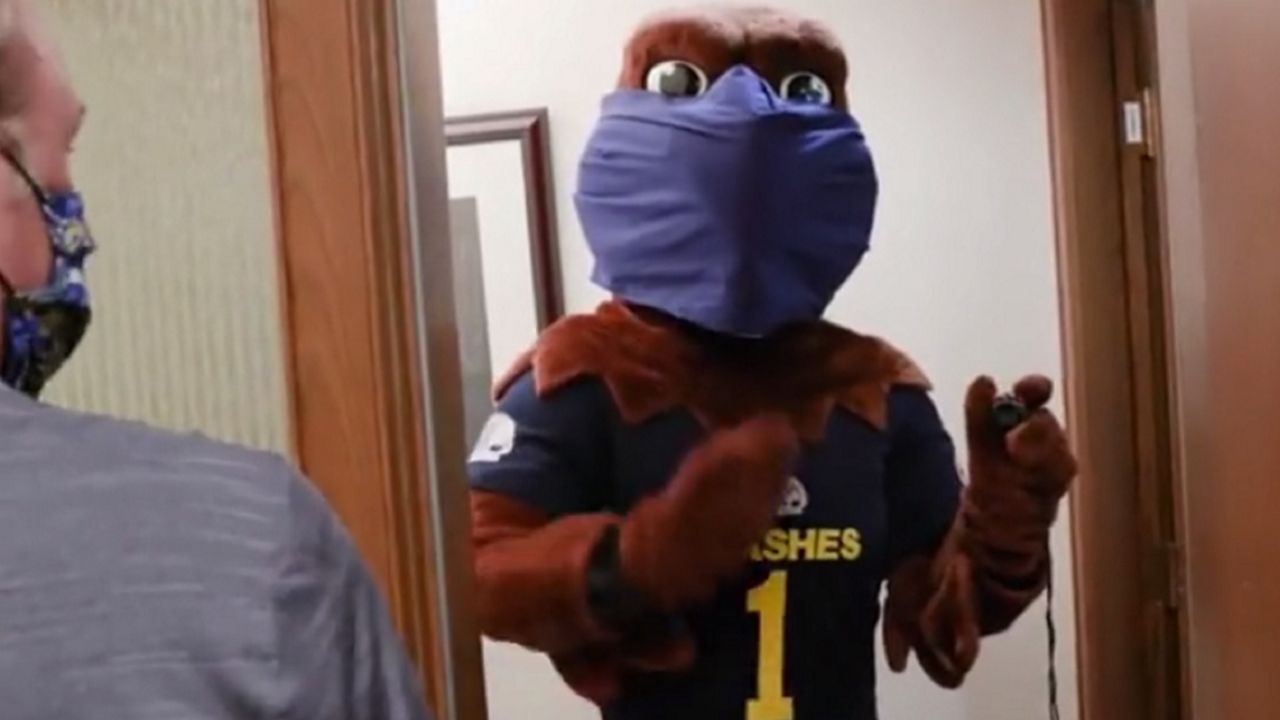OHIO — School districts across the state have been cautious about releasing reopening plans. Many simply released recommendations. That's in spite of the Centers of Disease Control and Prevention releasing guidelines, which urged districts to reopen in person, while still taking precautions and monitoring COVID-19 case levels.
While there’s been a range of plans from opening fully as normal with kids going back five days per week to all virtual from the start, the rise in COVID-19 cases from week to week hasn’t made their decisions easy.
Just a few weeks ago, most of Ohio’s eight largest urban districts released possible plans that included a blended learning model with a couple of days in person and the other days remote, plus a digital learning option for families who did not want to send their kids to school.
But now, they're changing their stance. While many of the plans were similar in nature, some differed on starting school as normal or delaying it until after Labor Day. Plans also varied on the number of kids districts would be willing to transport to school at one time and how many kids could sit in each seat.
“We’re only gonna be able to put 14 to 18 students on a bus. We're going to have to spread that out. We're going to have to also rely on the community to walk if you can bike if you can, you know, get dropped off if you can, because not only can we not transport as many students at a time. We also don't want everybody showing up at the same time," said Eric Gordon, CEO of the Cleveland Metropolitan School District.
But perhaps the most notable change included Dayton Public Schools announcing that they’d go back in person, five days a week and Youngstown City Schools announcing they’d go fully virtual for the start of school year leaving the option to go to a blended model later on. Canton City Schools is now in a situation where they may be able to offer 100% in-person learning to all students, not just pre-K to 5th grade. That’s because nearly 60 percent of families have chosen the remote option so far.
Challenged with making the right decision, Akron Public Schools proposed three plans, holding out on nailing down one, however, like Columbus City Schools, they have been challenged to re-think things by considering 100 percent remote learning, too.
Gov. Mike DeWine's COVID-19 alert map now has more than half of the Ohio 8 districts in the red zone.
Knowing the risks, districts like Cleveland Metropolitan finally decided to call it for the first nine weeks, nixing a tentative plan for a blended learning schedule to start.
“Two thirds of our parents said that they were not at all or only slightly comfortable sending their children to school, while only 14 percent said that they were quite or extremely comfortable doing so, and 62 percent of our educators weren't comfortable," Gordon said.
Gordon added that even if they would have implemented a hybrid learning model, most of the learning would have still been online. So, going completely virtual just made sense.
While Gordon feels confident in the decision, the district still faces the big problem of getting technology for all students by the time school starts.
“It's not only technology; we actually expect to have a full week where we create an education care plan with every family, where we say do you have a device or do we need to get you one? Do you have hotspot or internet connectivity or do we have to solve that? What's your plan, do you need your breakfast and lunch from school? What's your care plan—do you have childcare?” Gordon explained.
Cleveland Metropolitan isn’t the only district facing this issue, but the uphill task of making it all happen before school starts is critical. During DeWine's briefing on Thursday, Lt. Governor Jon Husted announced that help was coming for districts needing technology and broadband access. It's coming in the form of $50 million dollars in matching grants which would help schools get what they need. Gordon said that help can’t come soon enough, even though they’re already working to get additional access and devices.
When asked about CARES Act funds and if starting remotely would help them save on the front end, Gordon said, “We'll probably still do a lot of bulk buying early on so that we have it we know we're going to need it. It's not a question of if it's a question of when. And we also know that it's going to be in short supply. It's still hard to get at the grocery store so we're going to buy. We're going to use the money to get stock in hand.”
Most importantly, Gordon said, he wants parents to know that while this will be a struggle for a lot of parents. They are committed to working with families to get through the first nine weeks and beyond.
We're not asking parents to suddenly be super teachers“We're not asking parents to suddenly be super teachers. I actually said to my faculty, 'Remind parents to do what they can succeed at and feel good about—don't put parents into a position where they feel bad about how they're raising their child because they're not a teacher.'”
So with that, Cleveland Metropolitan like other districts will take it one quarter at a time determining the best solution for all kids when it comes to learning.
Reopening in part or full for Cleveland Metropolitan and others will depend on the improvement of health and safety within county lines. As of right now, Dayton Public Schools has indicated they are re-evaluating their plans as the district now sits in a red zone. If you’re wondering whether or not your district has changed plans, log onto your district’s website for the latest information.










